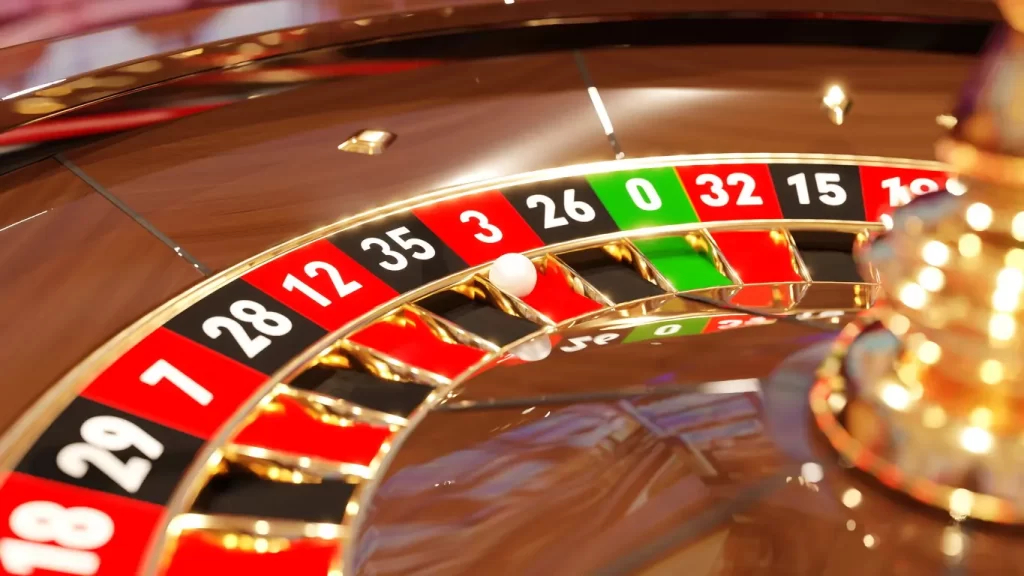Roulette Betting Systems – Do They Really Work?

Roulette betting systems may seem alluring, offering the promise of beating the odds and reaping consistent wins. Unfortunately, however, these strategies cannot eliminate the house edge that is inherent to this form of gaming.
One such system is the Martingale system, which involves doubling your bet after every loss. Another strategy is Paroli system – an uptrend strategy.
Martingale
Though the Martingale roulette system works effectively in principle, it’s essential to remember that its effects cannot counteract the house edge – meaning you will eventually incur losses following this strategy. Therefore, setting an end point or playing until winning an amount or after an allotted period can provide greater success and stop any further loss of funds.
The Martingale betting strategy is based on mathematical probability of even-money bets winning, making it popular with casino gamers across several disciplines, such as baccarat, blackjack and craps; though its primary application lies with roulette due to its odds. The basic premise behind it is starting off small (table minimum for example) before increasing it after each loss incurred – hence its name!
This increase should be proportional to your available bankroll; moreover, this figure will determine how many loss iterations are allowed before surpassing your original stake. Luckily, with its straightforward structure, the Martingale system makes this calculation simple; indeed, virtual casinos often impose maximum bet limits that prevent you from arbitrarily increasing bet sizes beyond certain thresholds.
D’Alembert
D’Alembert is one of the more well-known roulette betting systems. As a negative progression strategy, it encourages players to increase their stakes after losses and reduce them after wins; however, this does not eliminate the house edge and can quickly drain a player’s bankroll over time.
Jean-Baptiste le Rond d’Alembert, a French mathematician in the 18th century, proposed the D’Alembert system as part of his practice as a gambler in France. Believing that flips with more tails outcomes were likely to end up more often as heads, he advised gamblers to place larger bets after losses while placing smaller ones after wins – an idea since disproven both statistically and logically; nevertheless it remains widely employed among casino players today.
To successfully implement this strategy, players must first determine their base unit stake. Some may select a percentage of their bankroll while more conservative players might start with a fixed amount such as 2%. Once your base unit stake has been chosen, betting at offshore online casinos begins and using the D’Alembert system increases or decreases by one unit after losses/wins – an approach known as “waves.” Once at least one profit has been earned either walk away from it all or continue betting using another unit stake.
James Bond
James Bond is one of the most beloved fictional characters ever imagined, famed for his suave gambling habits – especially baccarat and roulette – which have given rise to his namesake roulette betting system. Although this system was not introduced by Ian Fleming himself or featured in any Eon Productions movies, its name lives on.
The James Bond Roulette System is a progression-based betting strategy that can help increase winning potential while minimizing money lost during losing streaks. To maximize this approach, bet twice every time you lose and reduce bet when winning; this may allow you to recover losses or even turn a profit! It works especially well if you are new to gambling with a small bankroll.
To implement this strategy, start with a $200 bankroll and divide it accordingly: invest $140 on numbers 19-36; $50 each on 13-18 and 0. The chance of 1-12 occurring may be low but responsible gambling practices must always be used, never betting more than you can afford to lose.








